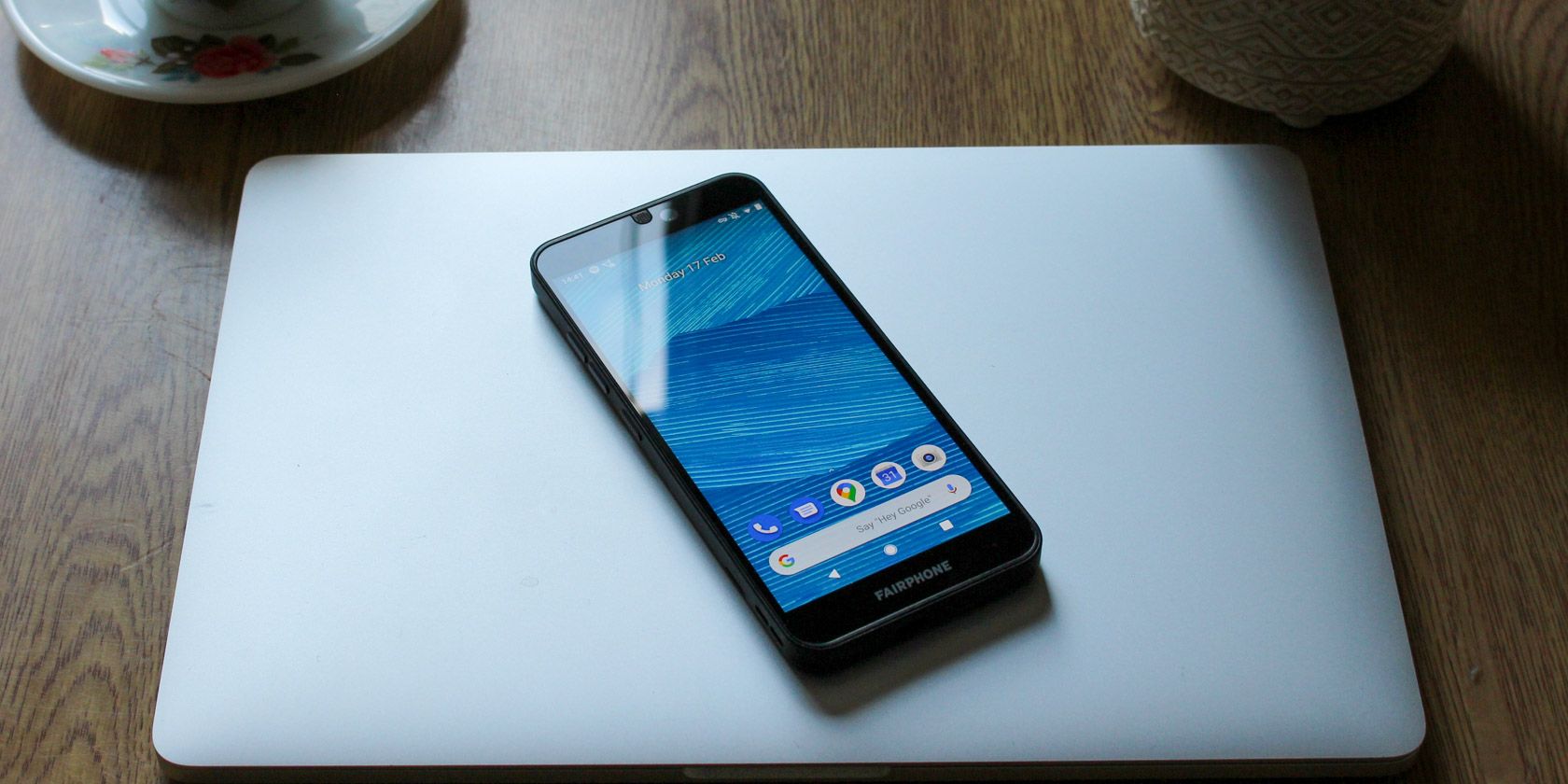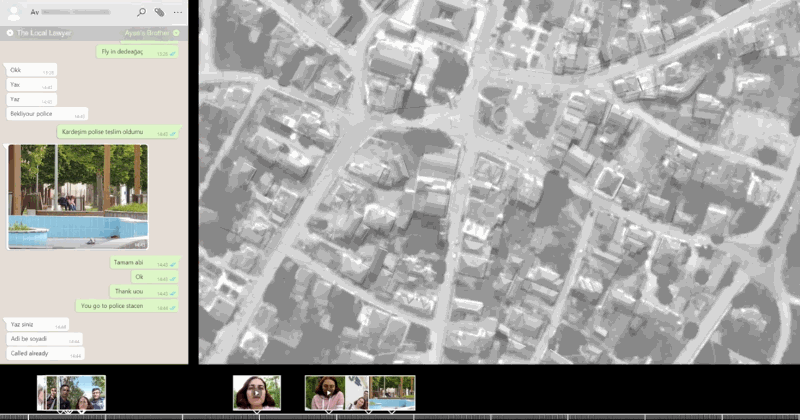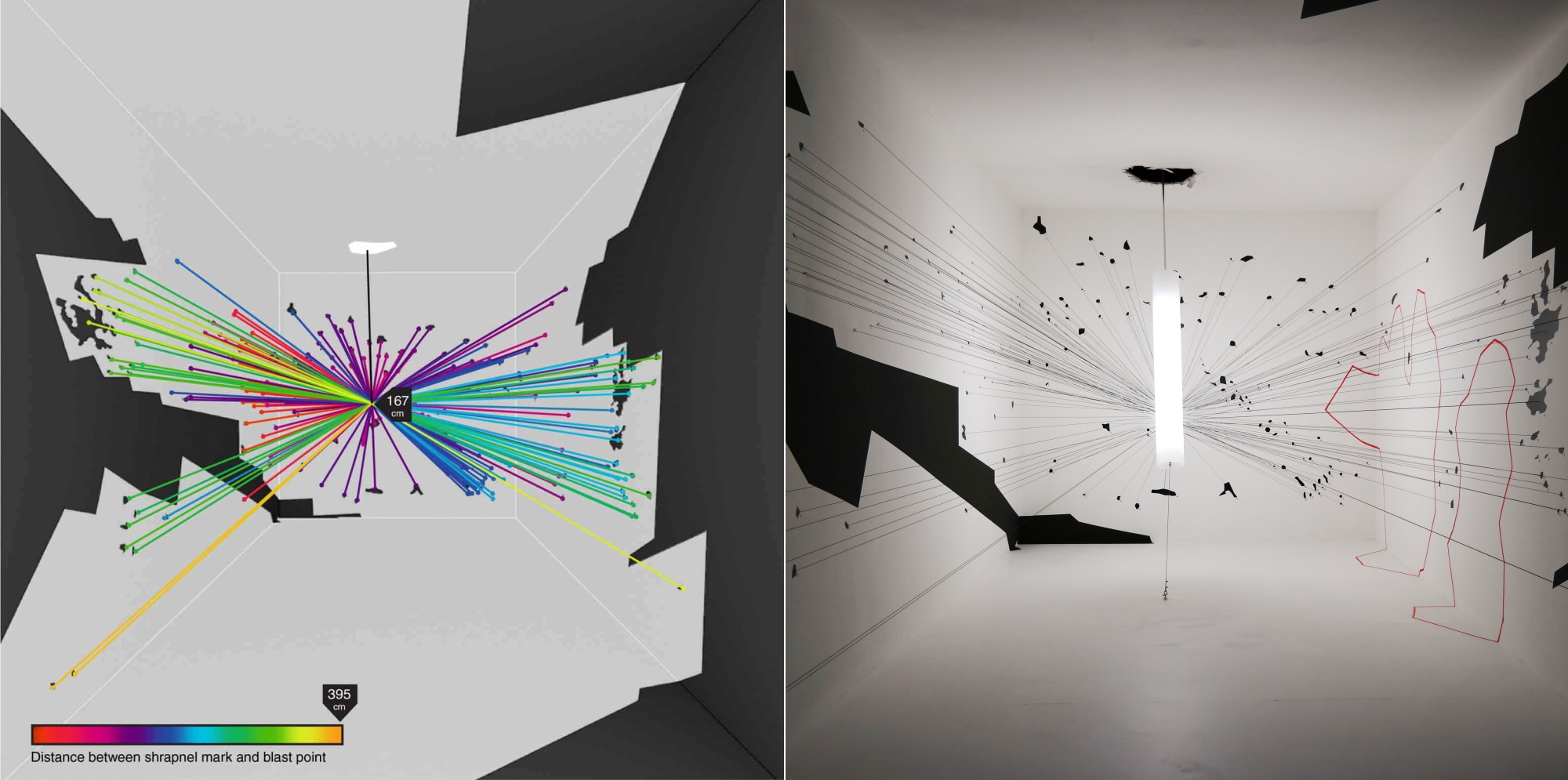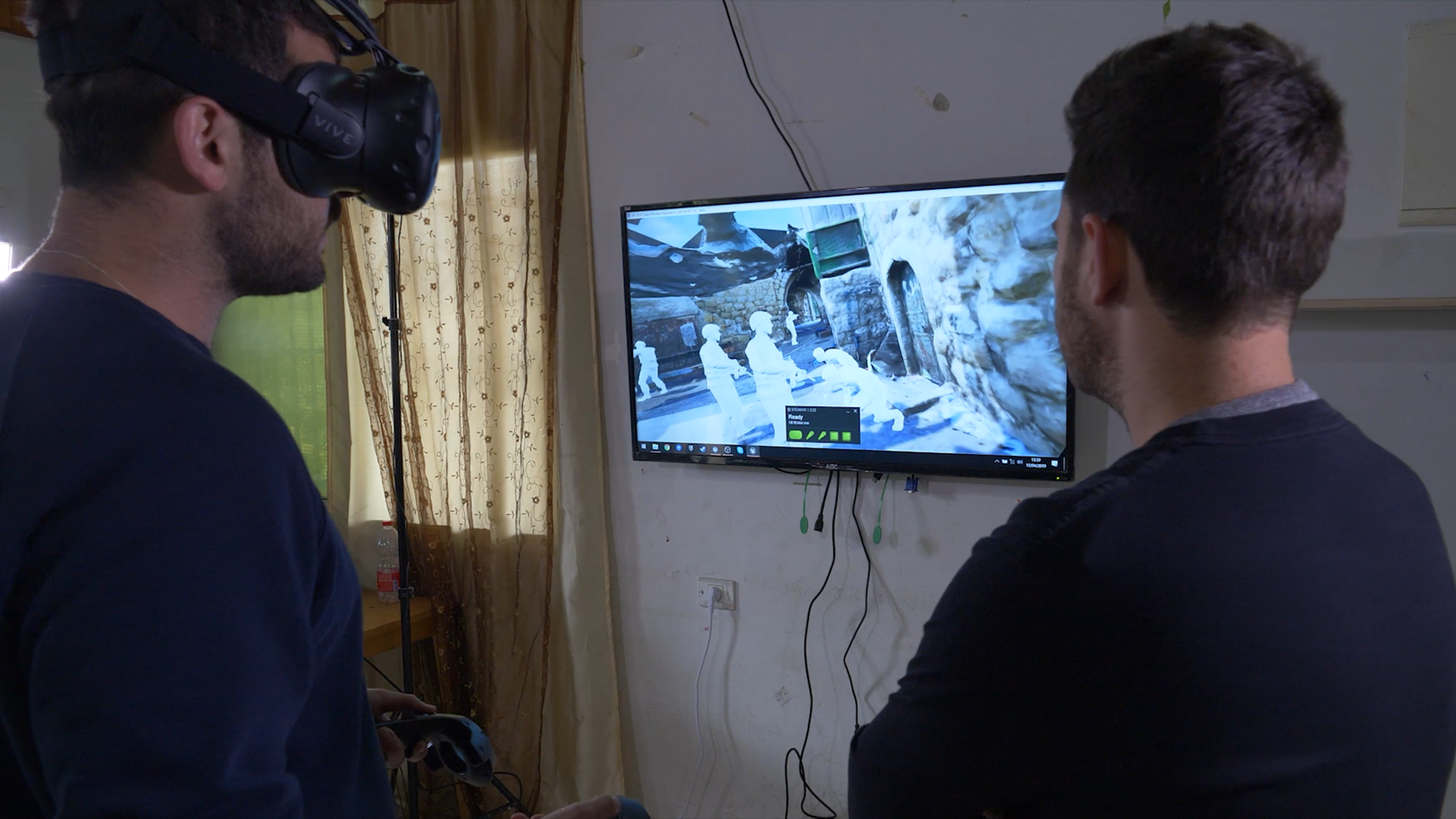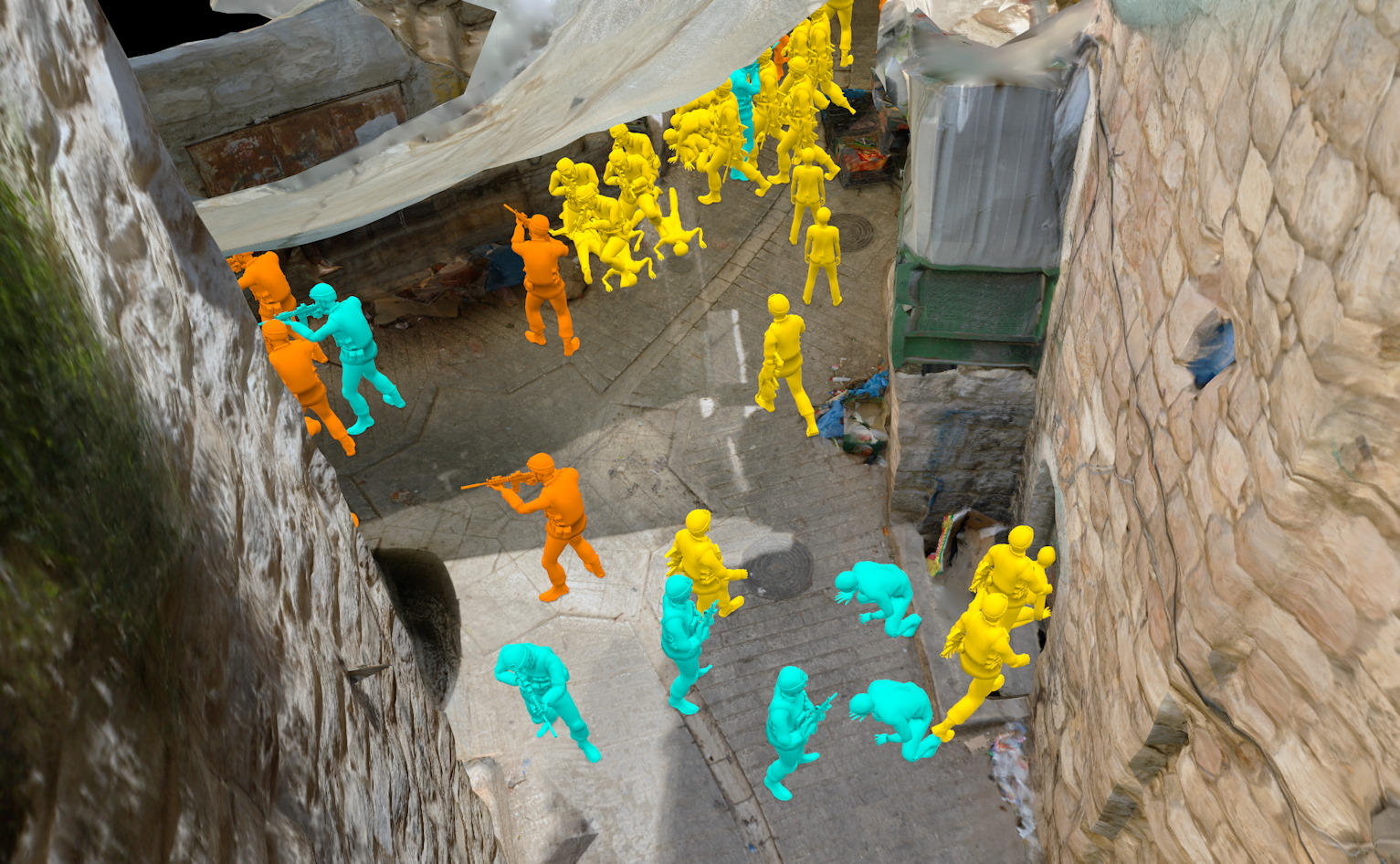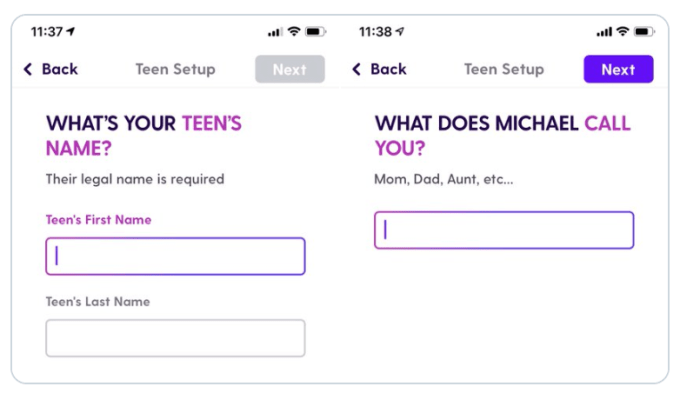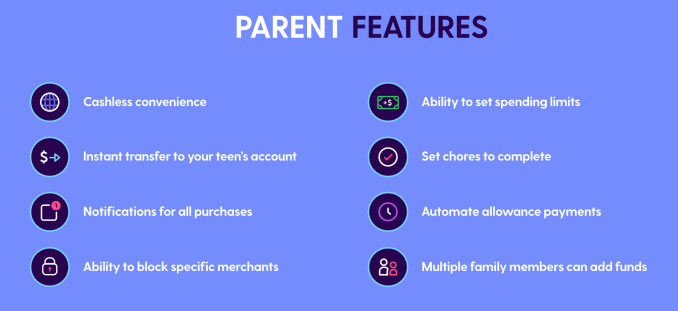Our verdict of the Fairphone 3:
The Fairphone 3 is a great all-round, affordable Android smartphone. Although, it's the company's ethical and environmental credentials that make this phone worth the investment. 810
It’s no secret that smartphone production is not an ethical or sustainable industry. From the workers who mine the materials, all the way through to the factory line staff, modern electronics manufacturing is rife with issues.
As a conscientious consumer, you may have been looking for a better option, but found yourself lost in a sea of marketing and unproven claims. However, there is an alternative out there.
Environmentally and ethically-minded manufacturer Fairphone has been making devices since 2013, and recently launched the latest iteration of their flagship smartphone, the Fairphone 3.
Specifications
- Operating System: Android 9.0
- CPU: Qualcomm Snapdragon 632
- RAM: 4GB
- Storage: 64GB, expandable
- Battery: 3,000mAh
- Display: 5.65-inch Full HD+ with Gorilla Glass 5
- Camera: 12MP front, 8MP rear
- Connectivity: Wi-Fi, Bluetooth 5, NFC, Dual SIM
- Ports: 3.5mm headphone jack, USB-C charging port
- Price: €450 (currently available in the EU & UK only)
Design
![Fairphone 3 with the camera on]()
Most smartphones come in a rectangular package, roughly the size of the palm of your hand. The display dominates the front of the device. In this respect, the Fairphone 3 is no different.
At first glance, the unassuming device looks much like any other mid-range phone. However, look a little closer, and the unique details begin to show.
Front
![Fairphone 3 front with screen on]()
The front of the Fairphone 3 is covered edge-to-edge by the display, aside from small segments at the top and bottom. The top of the phone houses the speaker and front-facing camera, while the bottom displays the Fairphone logo. The speaker seems unusually prominent, and that’s intentional.
This smartphone is designed to be easily repairable, so many standard components are replaceable with minimal effort, and can even be purchased from Fairphone’s website. This is part of the company’s commitment to environmental concerns. Many people upgrade their phones when they become damaged—like a broken speaker or damaged charging port—as the cost of repairing them isn’t economical.
Fairphone devices are designed to last, and the company eschews annual upgrades and releases. In fact, four years separated the release of the Fairphone 2 and Fairphone 3. Being able to service your device not only increases its lifespan but also keeps costs down, too. In keeping with this ethic, it is possible to pop-off the back of the phone to access the battery compartment and the SIM card and SD card slots.
Rear
![Fairphone 3 underside]()
The back is the device isn’t colored, with Fairphone opting for a translucent effect, allowing you to see an outline of the electronic components below. The 12MP camera is located on the upper left, while the fingerprint reader is slightly lower in the middle of the phone.
The placement of the fingerprint reader is a little awkward, as it’s too high up the back of the phone for your finger to land on it comfortably. Unlike many of their peers, Fairphone hasn’t removed the 3.5mm headphone jack, which can be found on the top of the phone.
On the underside, there is a single USB-C charging port. You’ll also find all the device’s buttons on the left-hand side, including options for volume up, volume down, and power.
Operating System and Software
The Fairphone 3, like the company’s previous models, runs Google’s Android operating system. While some manufacturers layer their own software atop Google’s platform, Fairphone uses stock Android in their smartphones. The device ships with Android 9.0 Pie pre-installed, which was released in 2018. Google follows an annual upgrade schedule, so in 2020 Android will be again updated to Android 11.
There was a time when OS updates used to be feature-heavy releases, but these days most updates are relatively minor. Android 9 supports many of the same everyday apps and services that you’d expect from your smartphone. But it is worth considering if you feel like this would be an important factor to you, especially if you intend to keep the Fairphone 3 for around four years.
The Fairphone 2 supported two operating systems; Android and Fairphone OS, the company’s open-source Android platform. Android, as most of us know it, is heavily focused on Google services, with this software deeply embedded into the OS. However, Android is actually open-source software, allowing anyone to customize their own variations. Fairphone OS was designed to provide a Google-free Android experience for the Fairphone 2.
Unfortunately, Fairphone OS is not currently available for the Fairphone 3, although it may be an option in the future. That the company is committed to a Google-free Android experience is evidence of their ethical stance. Google, as the world’s largest ad-provider, comes with many ethical and privacy-related problems. Generally speaking, those who care about repairability, ethical consumerism, and environmental impact are likely to embrace ways to minimize Google’s presence in their lives.
Fairphone 3 Performance
While ethics and environmentalism are crucial considerations, so, too, is the performance of the Fairphone 3. After all, you wouldn’t want to be lumbered with a sub-par device for the next few years. Fortunately, that won’t be the case if you opt for this smartphone.
As is to be expected for a phone at this price point, you won’t get flagship-level performance. However, unless you produce professional video or photo content with your smartphone, or hope to play the latest mobile games, the Fairphone 3 will be more than enough for most other uses.
Compared to similarly priced alternatives, the camera is lacking. In theory, the Fairphone 3 has a similar sensor to the Google Pixel 3a. However, it is the power of Google’s software that polishes average snaps into something worthy of your favorite social network. There’s nothing wrong with the Fairphone 3 camera, but it’s not spectacular either. This will become more evident over the phone’s lifetime, too.
If you’re transitioning from a flagship device from the past few years, the Fairphone 3 will feel slow. There is a slight lag when opening or switching between applications. It’s not enough to be annoying, but you’ll notice it all the same.
That said, the point of the Fairphone 3 isn’t necessarily to make the highest-performing device; it’s about rethinking how we approach electronics. Although it would be easy to dismiss the phone when comparing it against other recently-released smartphones, that would be to miss the Fairphone’s difference. This isn’t an excuse, either, but is the reality of choosing an ethical smartphone.
Fairphone 3 Battery Life
![Fairphone 3 with the display unlocked]()
Given the specifications of this phone, I wasn’t expecting much when it came to battery life, either. I was pleasantly surprised to find that it lasted about a week in standby—powered on, with apps running in the background, but no regular use—and easily made it through a day’s worth of regular use. The Fairphone 3 doesn’t come with a charger in the box.
As the phone uses the now-common USB-C charging port, it’s likely you already have a suitable charger. If not, they are easily found in most retailers. This decision reduces the amount of e-waste generated by the Fairphone 3. Most of us also carry portable chargers around, too, reducing the need for a wall socket charger. As you can easily access and remove the battery, you could also keep a charged spare with you to swap out as needed.
Ethical Considerations
![Fairphone 3 with battery removed]()
Apple, generally regarded as the most principled of all the large tech companies, uses a company called Foxconn to manufacture their iPhones. Since 2010, there have been ongoing worker welfare issues in these factories, and in some cases, becoming a contributing factor in several suicides.
Apple is certainly not alone, of course: Doro, Google, HMD Global (Nokia), HTC, Samsung, Sony, TCL, and ZTE have all received Ethical Consumer’s worst rating for supply chain management. In the same rankings, Fairphone was the only company to be awarded the best rating.
It’s a similar story for toxic chemical management. However, in this category, Fairphone received the worst rating as they failed to provide relevant information to Ethical Consumer. Their last known award, in 2016, was a middle rating. The fact that Fairphone, a company striving to produce the most ethical and environmentally-friendly devices, achieved merely a middle rating, shows how complex this area is.
In the EU alone, there are over 211 million new smartphones sold each year. In a 2019 Coolproducts study, it was estimated that Europe’s phones had an annual climate impact of 14.12 million tonnes of CO2, with 72 percent of that attributable to production and disposal. That tremendous impact is fueled by the tech industry, who market the slightest improvements as revolutionary, must-have new features.
The Fairphone 3’s Ethical Credentials
![Fairphone 3 on a hedge]()
The Fairphone is a reaction against that industry. It is an alternative for those who don’t want to give up smartphones, but take issue with the way manufacturers run roughshod over the planet. The phone is easily repairable—there’s even a screwdriver included in the box—and if the past two Fairphones are an indication, it will be supported for years to come. That’s not to say that this is a 100 percent ethical and environmental phone.
Given the complexity of modern manufacturing, it would be unrealistic to expect this phone to achieve all of those goals. However, the past seven years have seen the company steadily improve their credentials and make significant inroads towards a better future. It’s also important to remember this isn’t a zero-sum game; some progress is better than none at all.
For example, the company found they weren’t able to identify the source of the gold used by many components manufacturers. Instead of abandoning their position, they now buy “fairtrade” gold and sell it on exchanges to compensate for the lack of traceability, acting almost like a carbon offset, but for gold.
Should You Buy the Fairphone 3?
Ultimately, the Fairphone 3 is a decent phone. But it’s the company’s ethical and environmental credentials which are its key selling points. It’s not an easy phone to compare against the competition, either. It lacks some of the specifications of the latest phones and even runs an older variant of Android.
However, it is easily the most repairable phone around, with iFixit rating it a perfect 10 out of 10. Fairphone’s commitment towards fairer worker rights, improved supply chain management, reduction of electronic waste, product longevity, and carbon impact are a significant part of the reason you’d buy the Fairphone 3. It may not be the fanciest phone around, but it doesn’t need to be.
This is a phone you’ll be able to keep for years, and can even repair yourself. As awareness grows of the impact humans have on the planet, the best choice you can make is obvious; the Fairphone 3.
Read the full article: The Fairphone 3 is an Affordable, Ethical, Sustainable Must-Have
Read Full Article
